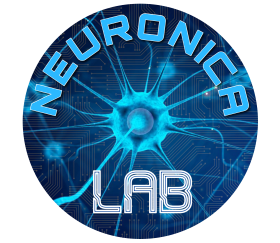The world around us is constantly evolving, and technology is increasingly offering itself as a solution to almost all problems. Many people now own a smartphone, which, through voice assistants, artificial intelligence and the breadth of features made available to the user, are indispensable. This advance can also be applied in the medical field. The project described in this thesis focuses on the field of wearable medical devices for health monitoring. The first phase of the project involved updating with new features of the Android app relating to the EcgWatch device developed in the past years by the Neuronics Laboratory to acquire an electrocardiogram with two fingers. Subsequently, in a thesis work parallel to the present, the EcgWatch hardware was revised, updated and extended to also measure the oxygen saturation in the blood, estimate blood pressure and transmit the data to the smartphone. This device, called PulsEcg, is a wearable device like a watch that has two electrodes, one in the lower part that remains in contact with the wrist, and another in the upper part, on which it is possible to place a finger of the opposite hand: in this way a potential difference is generated to measure the electrocardiogram. In addition, in the center of the upper electrode, there is also the sensor for measuring photoplethysmography. Both devices can be controlled via the smartphone app of the same name with which they communicate via the Bluetooth protocol: the EcgWatch via Bluetooth 2.0, the PulsEcg via Bluetooth 4.0 (Low Energy). The acquisition of the samples takes place with a frequency of 1000 Hz for EcgWatch and 500 Hz for PulsEcg, and once the sending of these samples to the app is finished, the latter carries out filtering and signal processing operations through algorithms designed ad hoc. The heart rate, the percentage of oxygen in the blood, and, through an integrated neural network, the systolic and diastolic pressure are calculated. The two apps, developed during this thesis, are therefore an enabling technology for wearable devices. In fact, in order to allow their adoption on as large a slice of the population as possible, particular emphasis was placed on the simplicity of the user interface and, more generally, on the user experience.
AUTHOR: Giacomo Gorga
ADVISORS: Eros Gian Alessandro Pasero, Vincenzo Randazzo
DEGREE COURSE: Master’s degree in Computer Engineering
ACADEMIC YEAR: 2021/2022
